Get PeakVisor App
Sign In
Search by GPS coordinates
- Latitude
- ° ' ''
- Longitude
- ° ' ''
- Units of Length

Yes
Cancel
Share ×

Scan the QR code and open PeakVisor on your phone
❤ Wishlist ×
Choose
Delete
Featuring a diverse landscape, towering mountains, and a rich cultural history, China (中国) is a massive country located in East Asia. China contains 11,863 named mountains, the highest and most prominent of which is Mount Everest (珠穆朗玛/सगरमाथा/ཇོ་མོ་གླང་མ) at 8,848m (29,032ft) - the world’s tallest mountain.
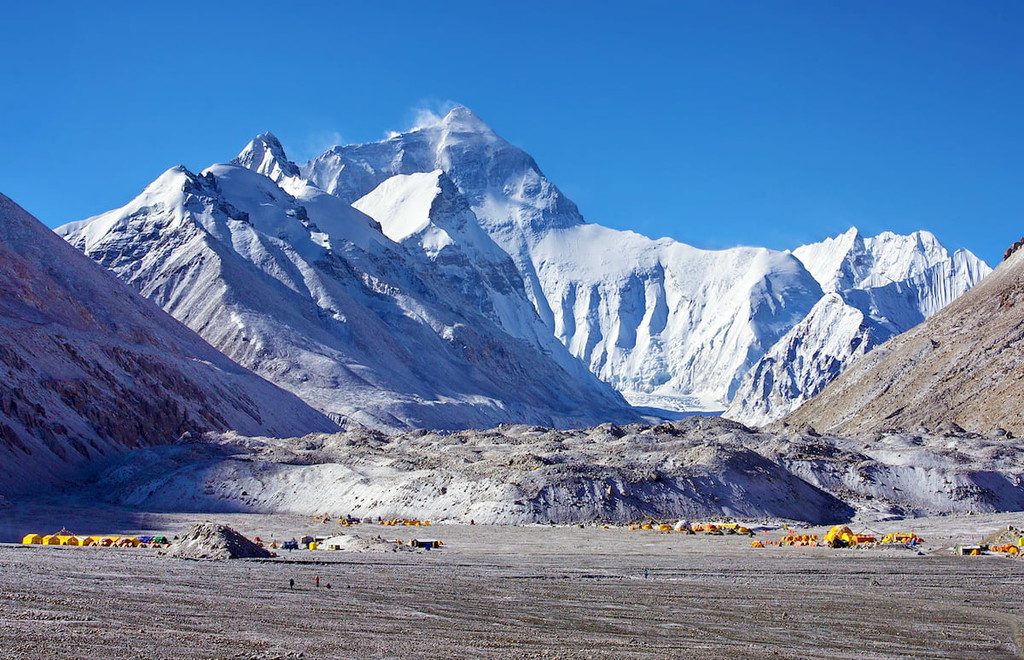
Encompassing more than 9.6 million square kilometers (3.7 million sq. mi), China is one of the largest countries on Earth. However, despite also being the most populous country on the planet as of 2021 with over 1.4 billion people, the sheer size of China means that it is only the 83rd most densely populated country in the world.
China is located in the heart of East Asia, where it borders the East China Sea and the South China seas of the Pacific Ocean for more than 14,500km (9,000mi). Moreover, China shares its border with 14 other countries, which ties it with Russia for the nation with the most neighbors.
In particular, China shares its northern border with Mongolia and Russia, and its western border with Kazakhstan, Kyrgyzstan, Tajikistan, Afghanistan, Pakistan, and India. Meanwhile, it is bordered to the south by Nepal, Bhutan, India’s Arunachal Pradesh, Myanmar, Laos, and Vietnam. It also shares a border with North Korea to the northeast.

Additionally, China shares its maritime borders with quite a few other countries. This includes Japan, North Korea, South Korea, the Philippines, Malaysia, Brunei, Vietnam, and Indonesia, though there is considerable dispute over territorial waters in the region, particularly within the South China Sea.
Interestingly, China contains just 1 timezone, despite being among the largest countries on the planet. The fact that the country is all on the same timezone as Beijing has led to an interesting geographical oddity where the time difference between China and its neighboring Afghanistan is a staggering 3.5 hours after crossing a single land border. Many of the country’s other land borders also boast time zone differences of 2 hours or more.
China is officially broken up into 34 provincial-level administrative divisions, which includes 23 provinces, 4 municipalities, 5 autonomous regions, and 2 special administrative regions, though there are some geopolitical disputes in the region.
Moreover, although these regions are more for statistical purposes, China can also be categorized into 5 geographical regions, each with their own unique culture and landscapes.

North China (华北) contains the north-central part of the country, along its border with Mongolia. It includes the provinces of Beijing (北京市), Tianjin (天津市), Hebei (河北省), Shanxi (山西省), and Inner Mongolia ( 内蒙古自治区/Өвөр Монгол) and it is home to 10 cities with over 1 million inhabitants.
Within North China, the Greater Khingan mountains are the most dominant topographical feature. The range also contains a number of protected areas, such as:

Also known historically as Manchuria, Northeast China (东北) is the geographic region in the northeastern part of the country, along its border with Russia, North Korea, and Mongolia. The region contains the provinces of Liaoning (辽宁省), Jilin (吉林省), and Heilongjiang (黑龙江省) and is known for its industrial economy.
Northeast China is not as mountainous as the regions to the south and west, though it does contain parts of the Changbai Mountains (长白山脉). It also includes the famous Northeast China Tiger and Leopard National Park (东北虎豹国家公园).

One of the most heavily populated parts of the country, East China (华东) includes the majority of the provinces along the East China Sea. It includes Shanghai (上海市), Jiangsu (江苏省), Zhejiang (浙江省), Anhui (安徽省), Fujian (福建省), Jiangxi (江西省), and Shandong (山东省), as well as China’s claims to Taiwan (台湾).
While the region is heavily urbanized, with over 30 cities that have more than 1 million inhabitants, East China also contains the beautiful Huangshan (Yellow Mountain/黄山) and Wuyi Mountains (武夷山). It is also home to Zhejiang Qianjiangyuan National Park (钱江源国家公园) and Wuyi Mountains National Park (武夷山国家公园).
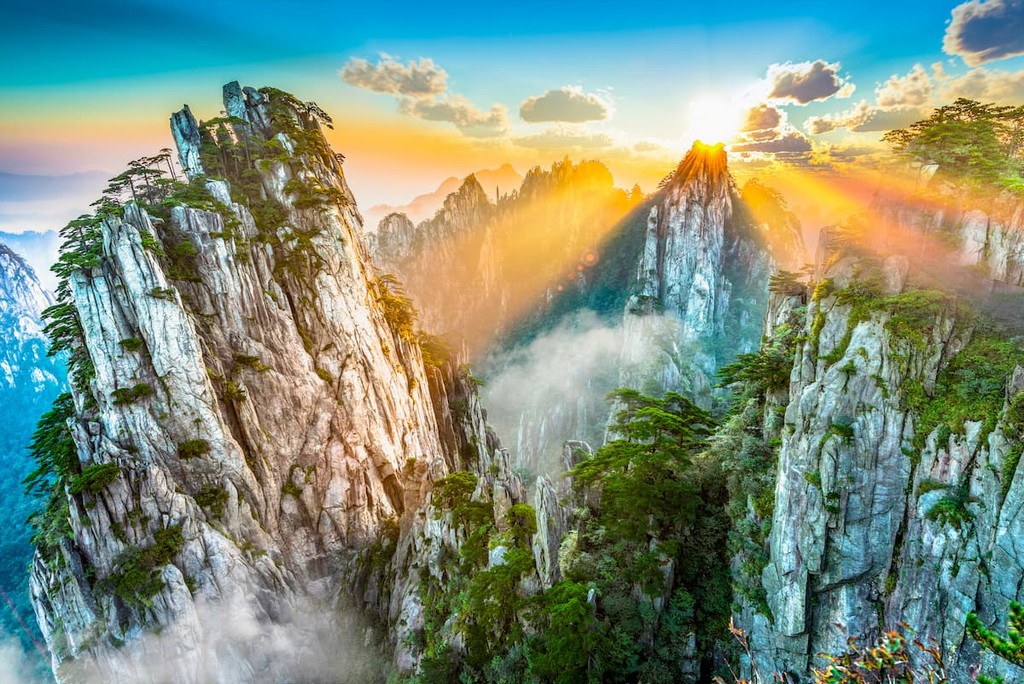
The second most populous region in the country, South Central China (中南) encompasses much of the coastline of the South China Sea as well as a handful of inland provinces. It includes the provinces of Henan (河南省), Hubei (湖北省), Hunan (湖南省), Guangdong (广东省), Guangxi (广西壮族自治区), Hainan (海南省), as well as the special administrative regions of Hong Kong (香港), Macau (澳門).
The region has a varied topography that is mostly dominated by the Yunnan-Guizhou Plateau (云贵高原). However, it also contains the Nanling Mountains (南岭), as well as a number of national parks, such as:

One of the most mountainous and rugged sections of the country, Southwest China (西南) contains the provinces of Chongqing (重慶市), Sichuan (四川省), Guizhou (贵州省), and Yunnan (云南省), as well as the autonomous region of Tibet (西藏自治区/བོད་རང་སྐྱོང་ལྗོངས།).
In addition to being the second largest of China’s regions, Southwest China is also the country’s highest. In fact, it contains some of the highest mountain ranges and plateaus in the world, such as:

Additionally, Southwest China is home to both Potatso National Park (普达措国家公园) and Qomolangma National Nature Preserve (珠穆朗玛峰国家级自然保护区). It is believed that there are also plans for more national nature preserves and other similar parks in Tibet in the coming years.
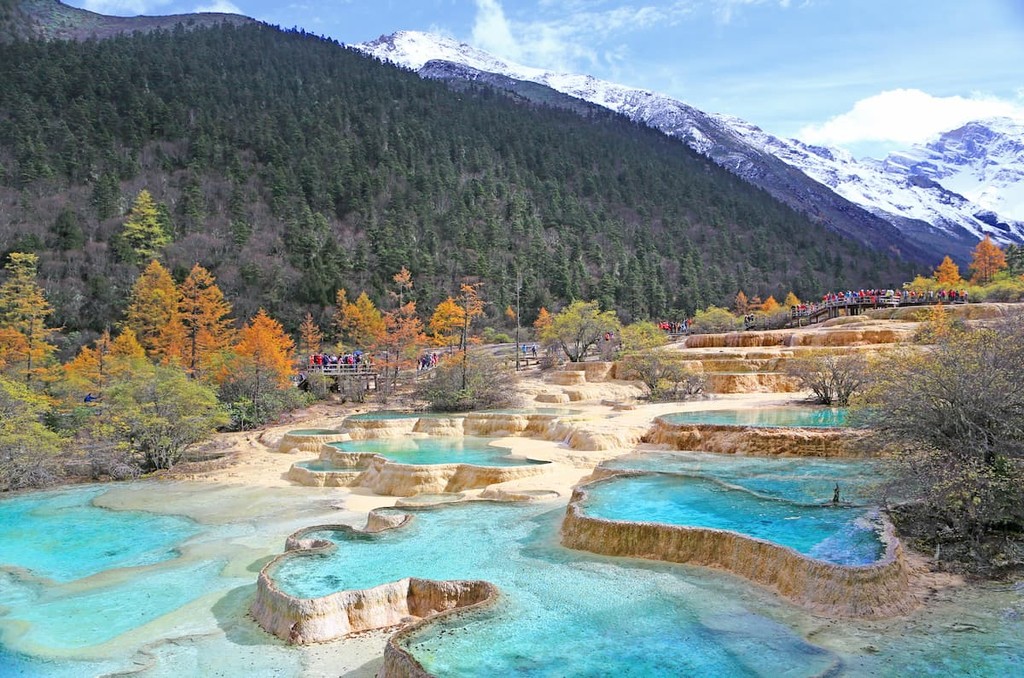
The largest and arguably the most remote of China’s regions, Northwest China (西北) cover s a sprawling 3.1 million sq. kilometers (1.1 million sq. mi) of land, though it is the least densely populated part of the country. It contains the provinces of Shaanxi (陕西省), Gansu (甘肃省), and Qinghai (青海省), as well as the autonomous regions of Ningxia (宁夏回族自治区) and Xinjiang (新疆维吾尔自治区/شىنجاڭ ئۇيغۇر ئاپتونوم رايونى).
Northwest China rivals Southwest China for the region with the highest average elevation, as it contains parts of major mountain ranges, such as:
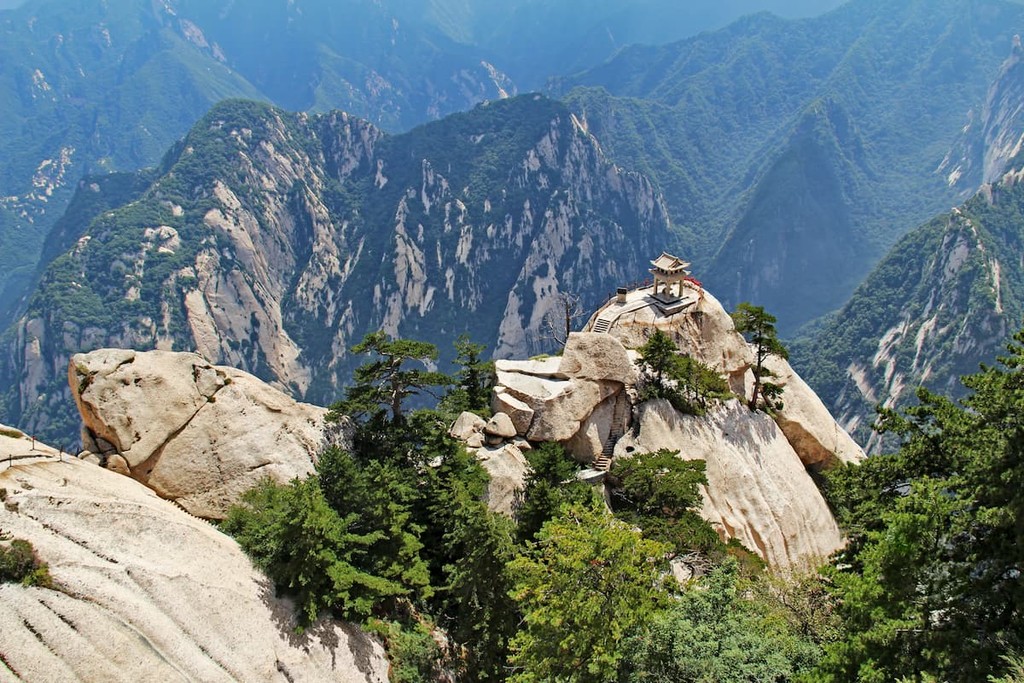
It is also the site of 3 of China’s national parks:
With a country as large and topographically varied as China, a great deal of geological complexity is expected. Indeed, the country’s geologic formation is the result of tens of millions of years of geological processes which have come to shape the landscape that we know of today.
While there are a number of smaller mountain ranges that are wholly contained within the country and many more major ones along its borders, the general geomorphology of China can be split up into a number of smaller parts.
In particular, the majority of the north and northeastern part of the country is actually located on a massive loess plateau, which formed during the current Quaternary period.
Meanwhile, to the south of the plateau and to the south of the Yangtze River (长江), the landscape is significantly more mountainous. Here, the land is dominated by karst topography, particularly in Yunnan and Guangxi provinces, before transitioning to the west into the Tibetan Plateau.
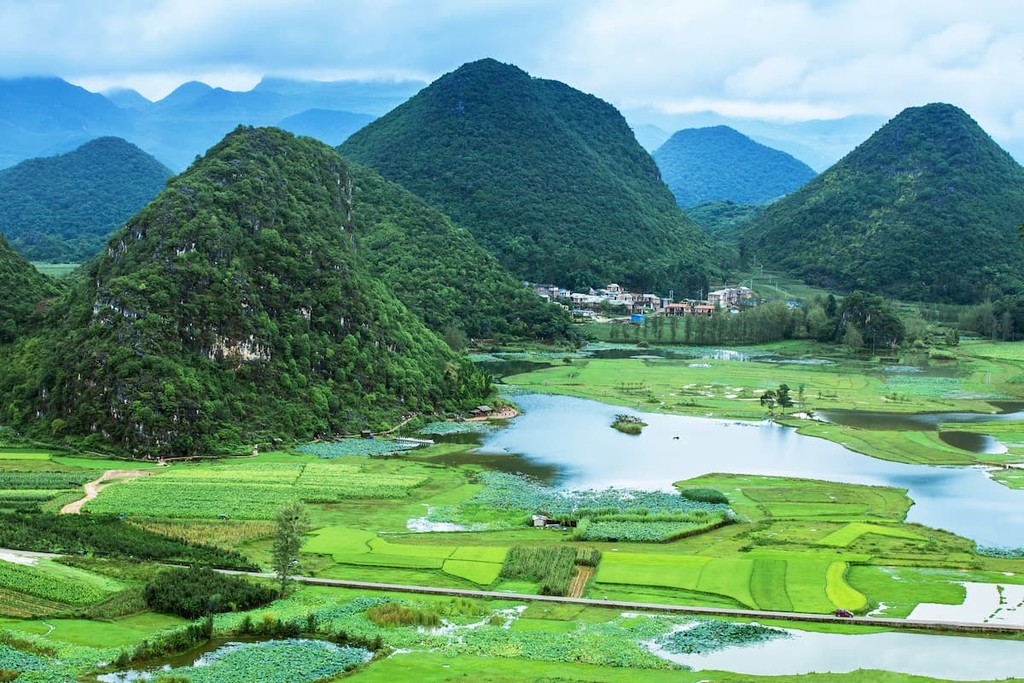
The Tibetan Plateau, the Himalaya, and the Tian Shan form the bulk of the topography in the western parts of China.
Geologically, the Himalaya are among the Earth’s youngest mountain ranges, having formed as part of the Alpide Belt during the Alpide Orogeny during the Mesozoic as the Indian subcontinent collided with the Eurasian plate.
Interestingly, the Himalaya is actually part of a major mountain system that stretches across the southern boundary of the Eurasian Plate, and includes ranges like the Alps, the Apennines, the Pyrenees, the Carpathians, the Caucasus, and the Hindu Kush.
Nearly all of China’s highest peaks, such as Mount Everest (珠穆朗玛/सगरमाथा/ཇོ་མོ་གླང་མ), Lhotse (洛子峰/ल्होत्से/ལྷོ་རྩེ), Makalu (馬卡魯峰/मकालु हिमाल), and Cho Oyu (卓奥友峰/चोयु/ཇོ་བོ་དབུ་ཡ), are located in the Himalaya.
This same mountain building event is also closely linked to the formation of the Tibetan Plateau to the north of the Himalaya. These days, the Tibetan Plateau is the highest and largest plateau on Earth with a total area that’s about five times larger than France.
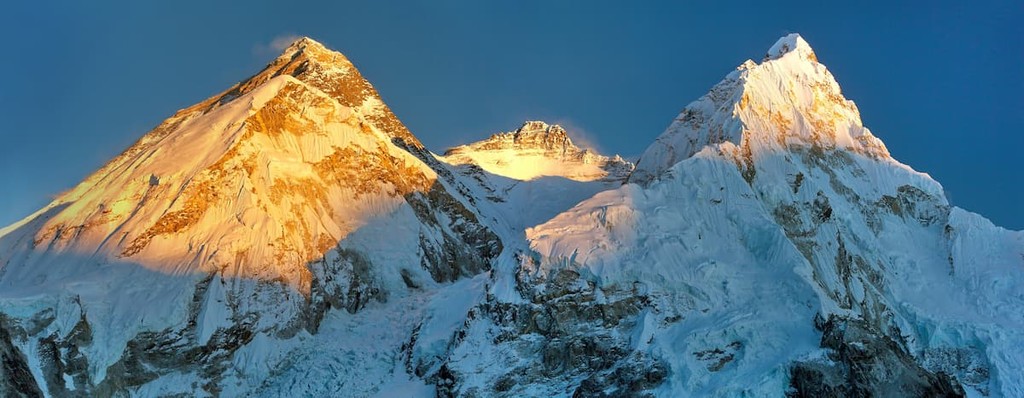
Finally the last major mountain range that dominates a significant section of western China is the Tian Shan. The Tian Shan are known for having a truly remarkable amount of prominence, thanks to their location to the north and west of the massive Taklamakan Desert (塔克拉玛干沙漠/Такәламаган Шамә/تَاكْلامَاقًا شَاموْ/تەكلىماكان قۇملۇقى) and their location to the west of the enormous Gobi Desert (戈壁/Говь).
The Tian Shan are among the highest peaks outside the Himalaya and the Karakoram and they include peaks such as Jengish Chokusu (Жеңиш чокусу/托木尔峰/Пик Победы/جەڭىش چوقۇسۇ), Khan Tengri (Хан Тэнгэр/汗腾格里峰/هًا تٍْ قْ لِ فعْ/Хан Тәңірі/خانتەڭرى), Xuelian Feng (雪莲峰), and Muzat I.
China is an exceptionally biodiverse country with more than 30,000 different plant species and around 7,500 animal species living within its borders. In fact, China is considered to be one of the world’s 17 megadiverse countries, which means that it has more than 5,000 species of endemic plants.
Due to the sheer size of China’s territory, describing each of its ecoregions is a truly monstrous task. However, the country does boast some particularly notable species that are famous around the world within its borders that are worth mentioning here.
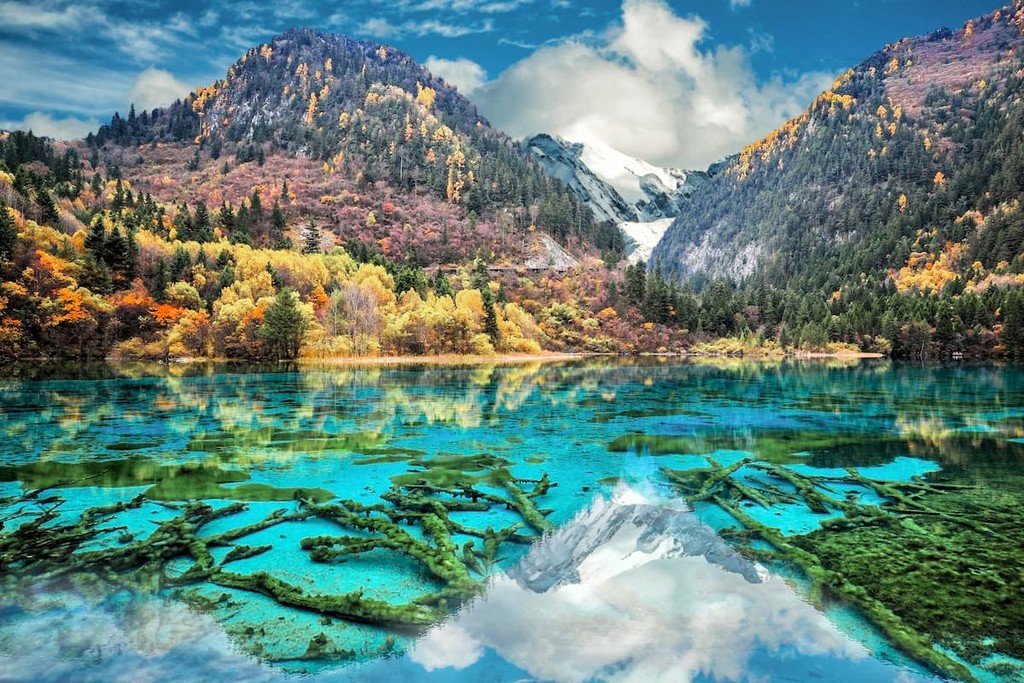
China is home to dozens of different ecoregions which fall into 7 basic habitat types.
Interestingly, the country is also a major transition area between the Palearctic realm and the Indomalaya realm. The split between the two realms and, subsequently, the transition between temperate/boreal ecoregions to the north and the subtropical and tropical ecoregions to the south happens in southern China.
Although they’re not endemic to China, bamboos are particularly abundant in parts of the country, mostly in the south and central regions. Bamboo has played an important role in China, both culturally and economically, and it is a crucial part of many ecosystems.
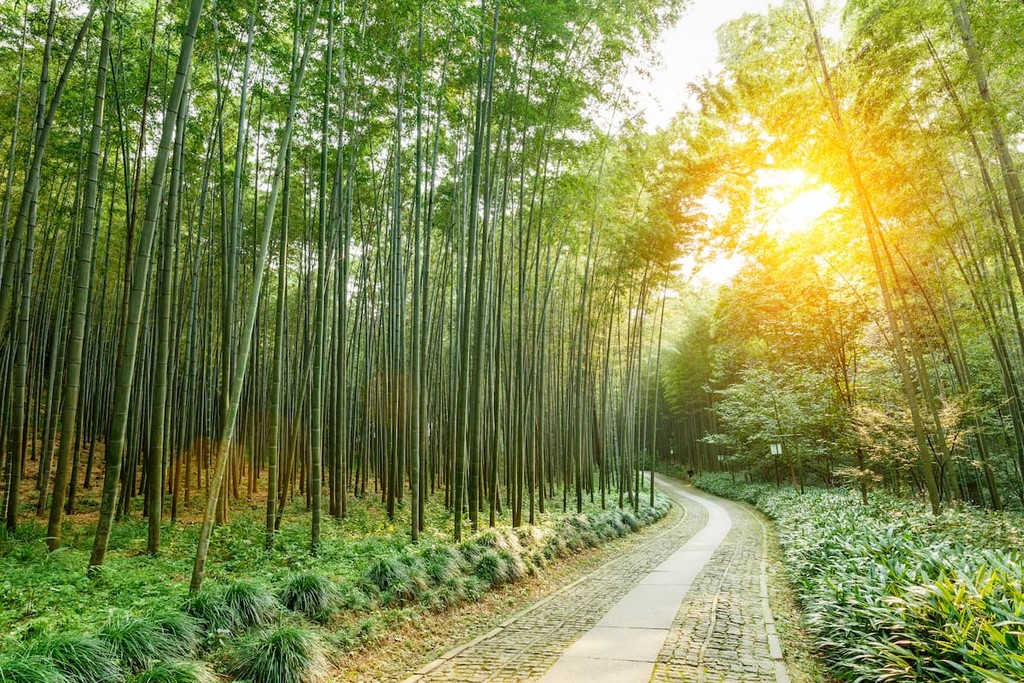
Within China, there are around 7,500 species of animals, including over 500 mammal species.
Although species vary substantially from region to region, China has a notable primate population with 21 different species, many of which are endangered. One of the most unique primates in the country is the golden snub-nosed monkey (Sichuan golden hair monkey/四川金丝猴), which inhabits high-elevation regions in central China.
China also has a fantastic population of big cats. Species within the country include tigers (Siberian, Caspian, Indochinese), leopards (Indian, Indochinese, Amur), clouded leopards, Chinese mountain cats, Eurasian lynx, Asian golden cats, leopard cats, and the famous snow leopard.
There are even quite a few canines in China, including Eurasian grey wolves, red foxes, dholes, corsac foxes, racoon dogs, and Tibetan sand foxes. Moreover, China has a number of bear species within its borders, including the Asiatic black bear, the Himalayan brown bear, the Tibetan blue bear, and the Ussuri brown bear.
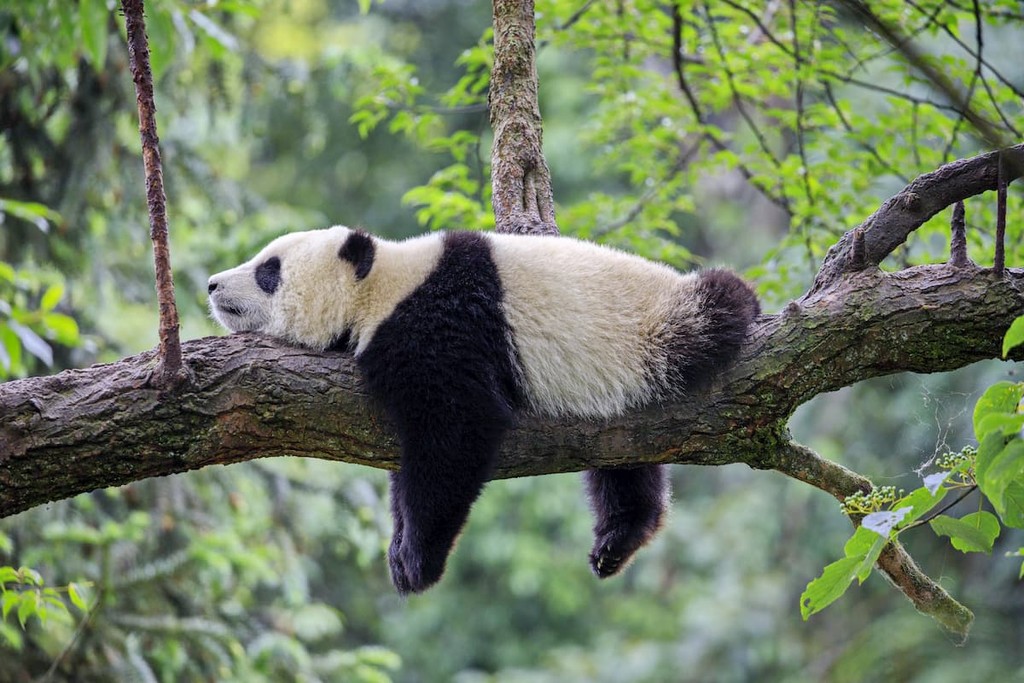
Nevertheless, the most famous animal endemic to China is easily the giant panda, which lives only in 6 separate highland valleys along the Yangtze River basin, the vast majority of which are in Sichuan province. With only about 1,600 individuals believed to be living in the wild, the bamboo-eating giant panda isn’t the easiest animal to spot in the wild and it is considered to be one of China’s national treasures.
The area that is now China has been inhabited by humanoids for more than a million years. It has an extensive history with a written record that dates back more than three millennia and a rich cultural history that is steeped in tradition.

Humanoids, including Homo erectus, are known to have lived in what is now China more than one million years ago. In fact, researchers have found a number of archaeological remains, including fossils and biological remains, though the fossils and biological remains are mostly from within the last hundred thousand years.
Agricultural societies are believed to have flourished in China during the Neolithic and it’s believed a form of proto-writing was established in the region by around 7000 BCE. The Bronze Age has supplied researchers with quite a few artifacts as well, giving us clues into the life of the many different cultures that lived throughout modern China about 3000 years ago.
Around 2070 BCE, the Xia Dynasty was established, making it the first of China’s many dynasties to have been catalogued in a written record. The next dynasties in the region – the Shang and the Zhou dynasties, respectively – soon followed. However, the Zhou dynasty is perhaps the best known, as it was the longest-lasting dynasty in the country’s history, having extended from about 1046 BCE to 256 BCE.
Following the end of the Zhou dynasty, the Qin dynasty came to power. Starting in about 221 BCE, the Qin dynasty was the start of a period known as Imperial China. During this period, which ended with the Qing dynasty in 1912, China underwent a period of greater unification of the Han Chinese, which is currently the world’s largest ethnic group by population.
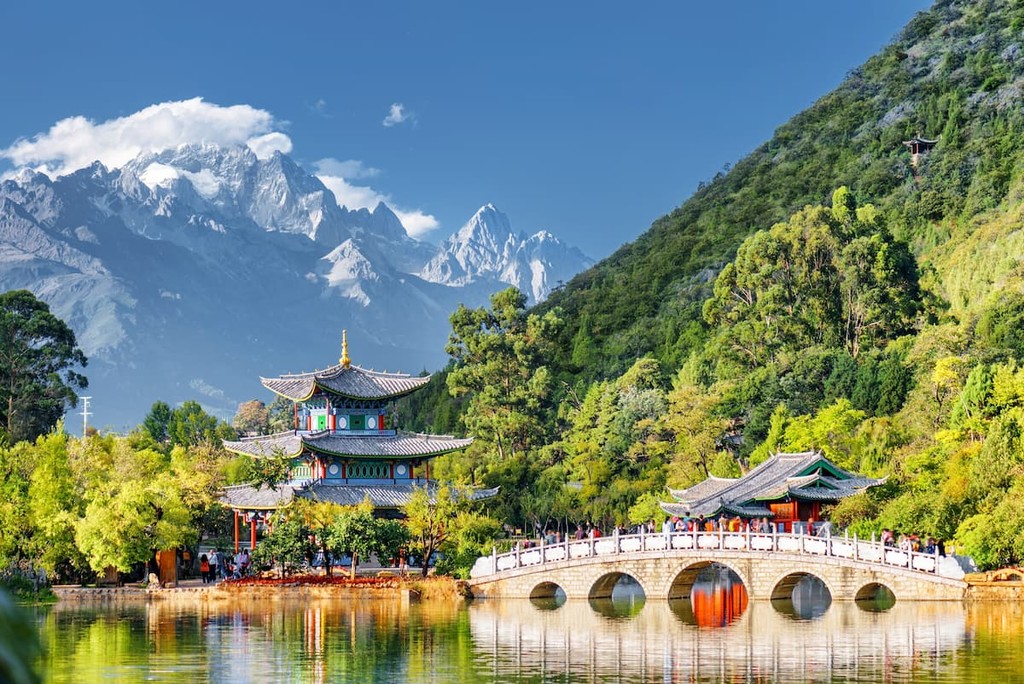
The Imperial China period was quite tumultuous with dynasty after dynasty rising up only to be replaced by another after a few dozen to a few hundred years. After the Qin dynasty, much of China was ruled by a series of dynasties, including the Han, Three Kingdoms, Jin, Northern and Southern, Sui, Tang, Five Dynasties and Ten Kingdoms, Song, Liao, Jin, Western Xia, Yuan, Ming, and finally the Qing dynasties before the end of the Imperial era.
By the turn of the twentieth century, however, political sentiments in the country started to change. After the Boxer Uprising from 1899 to 1901, the Qing dynasty attempted to expel all foreigners from the country. Not longer afterward, a local military uprising in modern-day Wuhan spread throughout the country and the Republic of China was established in 1912, bringing dynastic rule in China to an end.
From 1912 to 1949, mainland China was governed as the Republic of China. This time period was tumultuous, as it saw the start of the Second Sino-Japanese War as a theater of World War II and the occupation of Taiwan by the Japanese.
After the World War, the Chinese Civil War resumed, continuing onward until 1949 when the Communist Party of China, led by Chairman Mao Zedong, gained control of the country forming the People’s Republic of China.
Since the reform, China has seen a dramatic increase in economic performance and annual gross domestic product. The country has since become a major economic powerhouse, cementing its position on the global stage.

Moreover, China’s vast and beautiful landscape makes it a popular tourist destination for visitors from around the world. In addition to its many cultural sites, China boasts fantastic mountain scenery and hiking destinations for all to enjoy.
In a country as vast and stunning as China, there’s a lifetime of hiking adventure available for those who seek it out. Here are some of the most popular places to hike in China during your visit:
Although not technically a mountain hike, China’s Great Wall (萬里長城) is easily one of its most famous walking destinations. Stretching over 21,000km (13,170mi), the Great Wall of China was built as a border between Imperial China and nomadic groups to the north.
The wall itself remains one of the most popular tourist destinations in the country and there are countless different hiking routes available depending on your schedule and fondness for adventure.
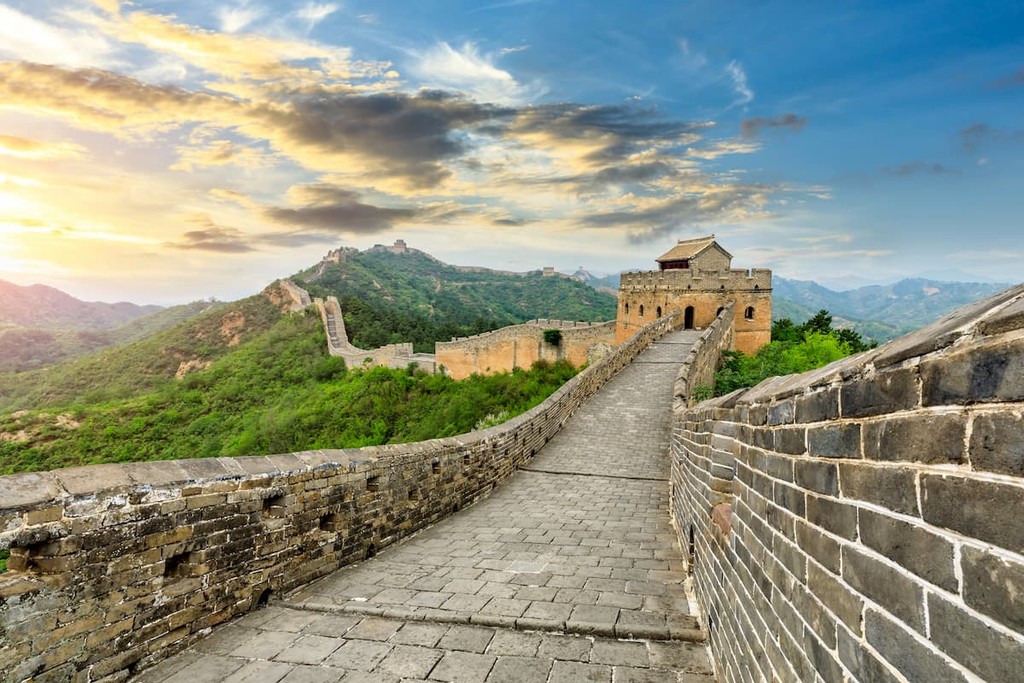
The Huangshan (Yellow Mountains/黄山) are a collection of peaks located in Anhui Province. Within the range there are 10 named summits, the highest and most prominent of which is the famous Lotus Peak (莲花峰).
The range is one of the most sacred regions in China and it is renowned for its scenic beauty. Hiking in the range is particularly popular and there are dozens of trekking paths to choose from.
Due to the popularity of the range, however, the trails tend to be quite crowded. But, if you enjoy jagged peaks, hot springs, and beautiful forests, Hunagshan is hard to beat.
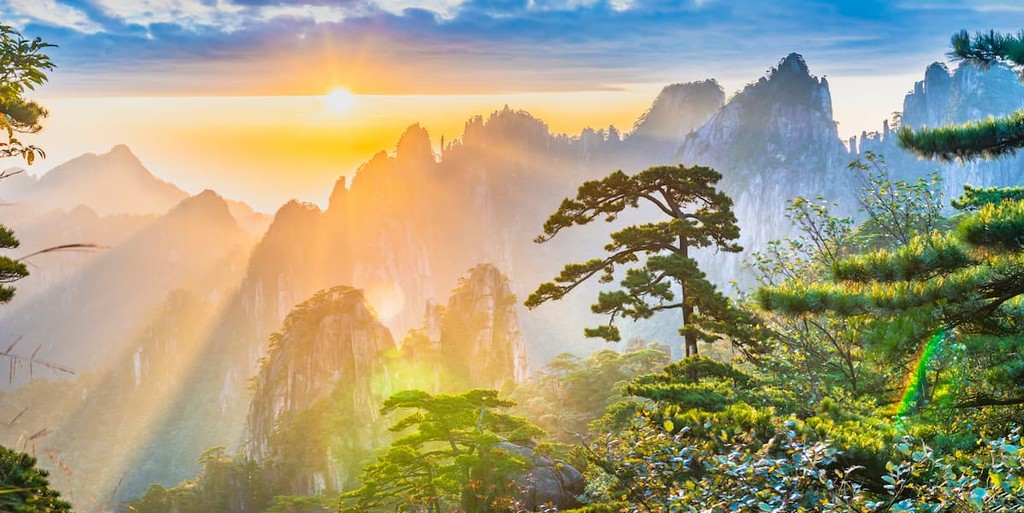
Another of China’s famous peaks, Mount Hua (Huashan/华山) in Shaanxi Province is one of the Five Great Mountains of China. The highest of the mountain’s 5 summits - the South Peak - clocks in at 2,154.9m (7,070ft), and it has long held religious significance for the local residents.
That being said, Mount Hua is perhaps most famous for being the “deadliest hike in the world.” Although there are no official statistics of injuries and deaths on the mountain, the peak has become infamous on social media for its narrow planks and extreme exposure. In more recent years, however, the government has instituted safety regulations to prevent injuries and incidents on the peak.
Nevertheless, if you’re not keen on treacherous hikes, you can always take the cable car to the top of the mountain. Alternatively, there are lots of more casual walks in the region for hikers to check out.
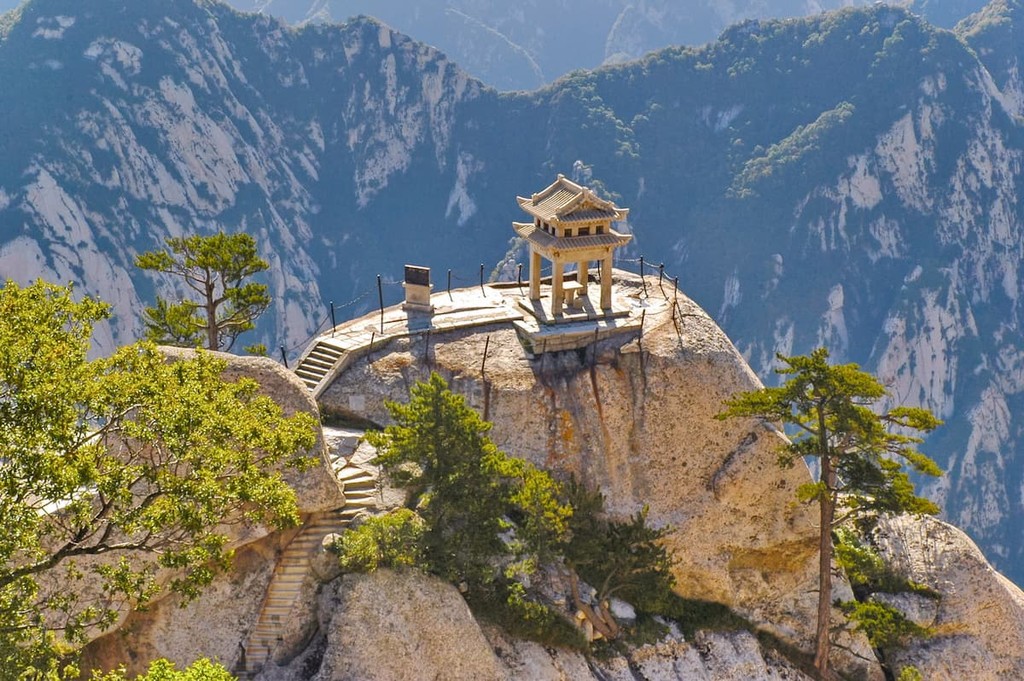
With over 1.4 billion residents, China has no shortage of major cities. Here are some of the best places to visit during your stay:
The capital of the People’s Republic of China, Beijing (北京市) is located in North China in the country’s national capital region. With over 20.3 million residents, Beijing is the most populous capital city in the world. It is a major tourist destination for the country, thanks to its many cultural sites, as well as its transport hub, particularly for visitors to the northern part of China.
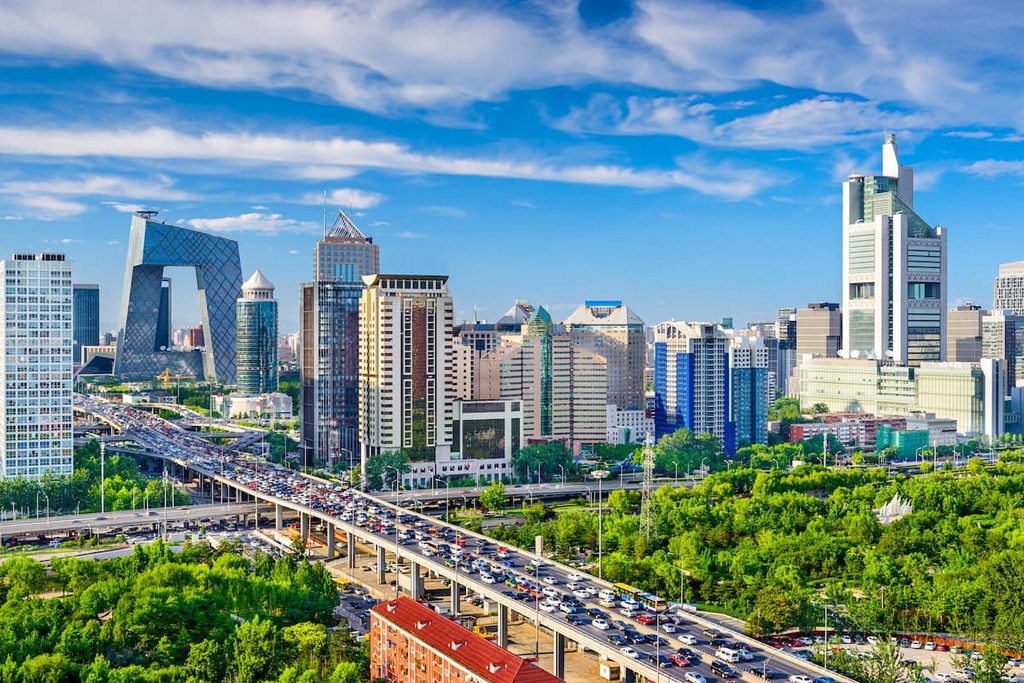
Boasting a population of around 25 million people, Shanghai (上海市) is China’s largest city. Shanghai is located in East China along the East China Sea and it is one of the world’s busiest ports for container ships and large seafaring vessels.
Although it was once a fairly small fishing town, Shanghai is now one of the world’s major economic powerhouses. It is also a popular tourist site as well as a global hub for manufacturing and technology.

Located in South Central China, the city of Guangzhou (广州市) is situated along the banks of the Pearl River. Thanks to its population of nearly 15 million people, Guangzhou is one of the largest cities in the country.
However, Guangzhou is perhaps best known for being the maritime terminus of the Silk Road, which helped it become a major center for trade for the better part of 2 millennia. These days, the city is most famous for its annual trade fair - the China Import and Export Fair (中国进出口商品交易会), which is among the oldest in the world.

Explore China with the PeakVisor 3D Map and identify its summits.








ultra
8000ers
china-ultras
nepal-ultras
ultra
8000ers
china-ultras
pakistan-ultras
ultra
8000ers
china-ultras
nepal-ultras
ultra
8000ers
china-ultras
nepal-ultras
ultra
8000ers
china-ultras
pakistan-ultras
ultra
8000ers
china-ultras
nepal-ultras
ultra
snow-leopard-award
china-ultras
kyrgyzstan-ultras
ultra
8000ers
china-ultras
pakistan-ultras
